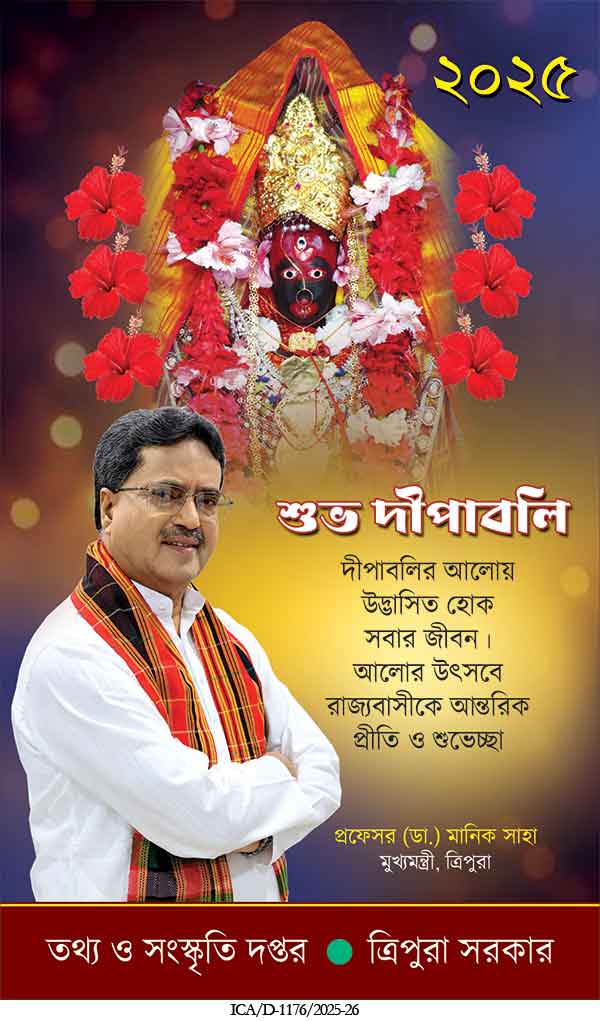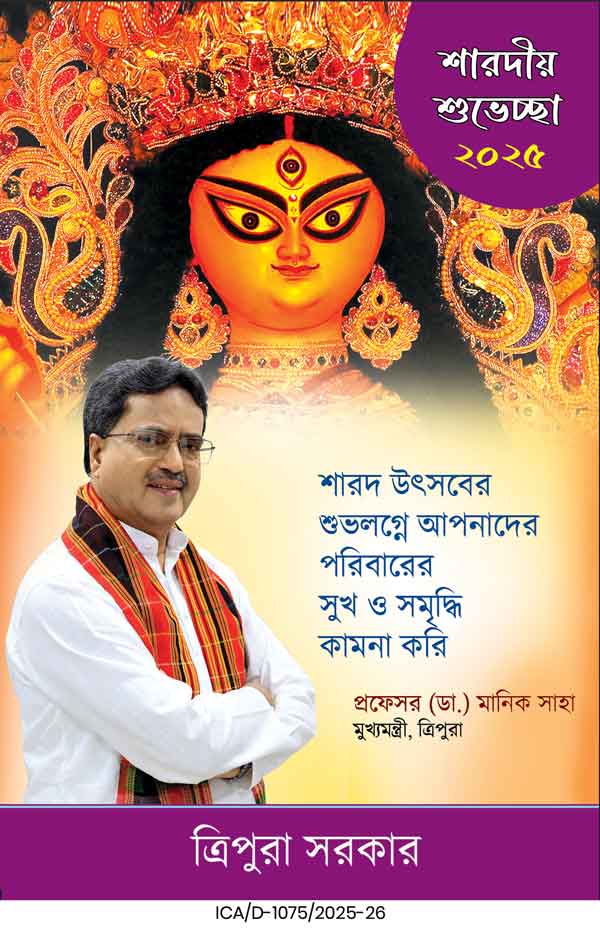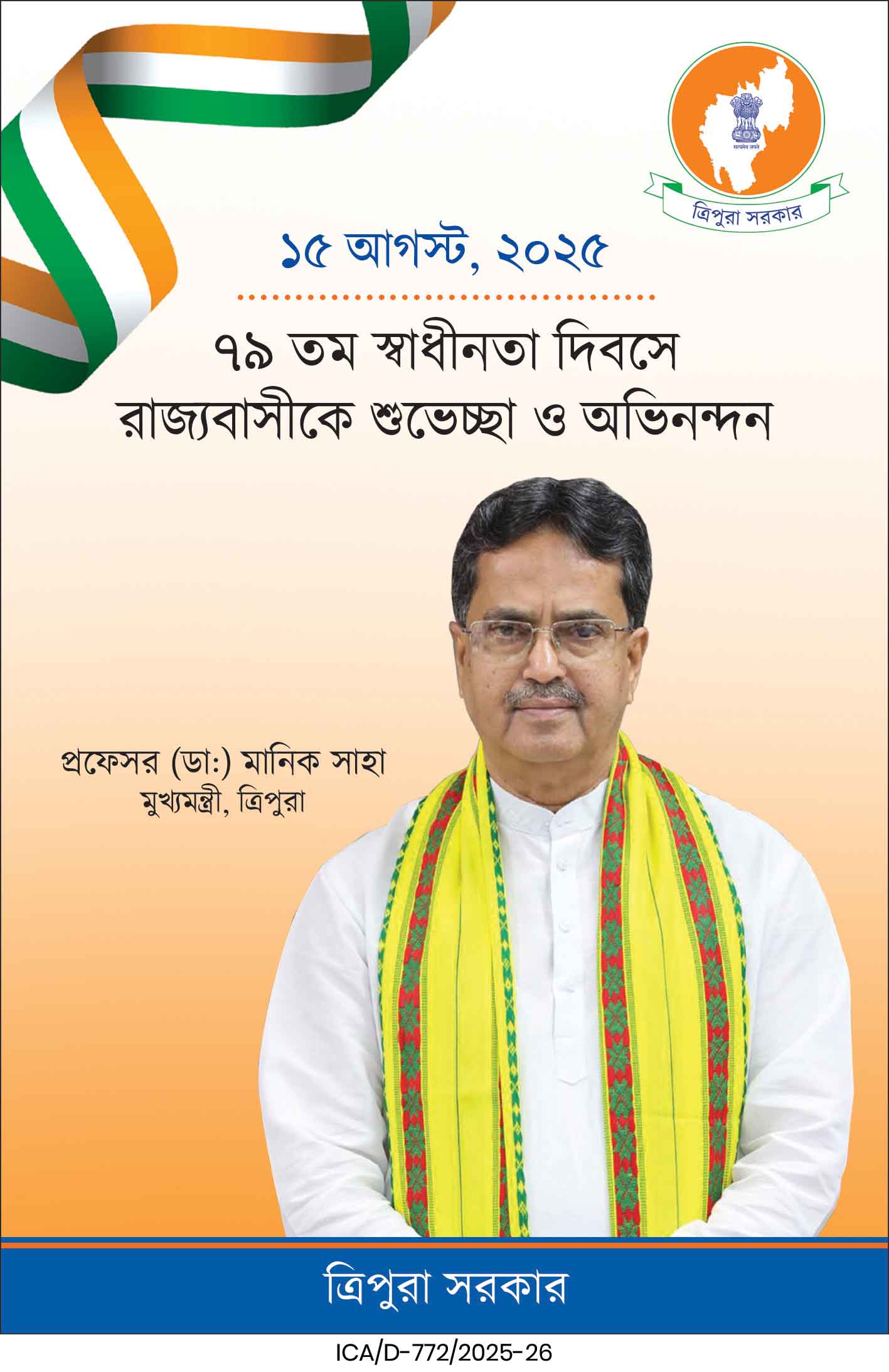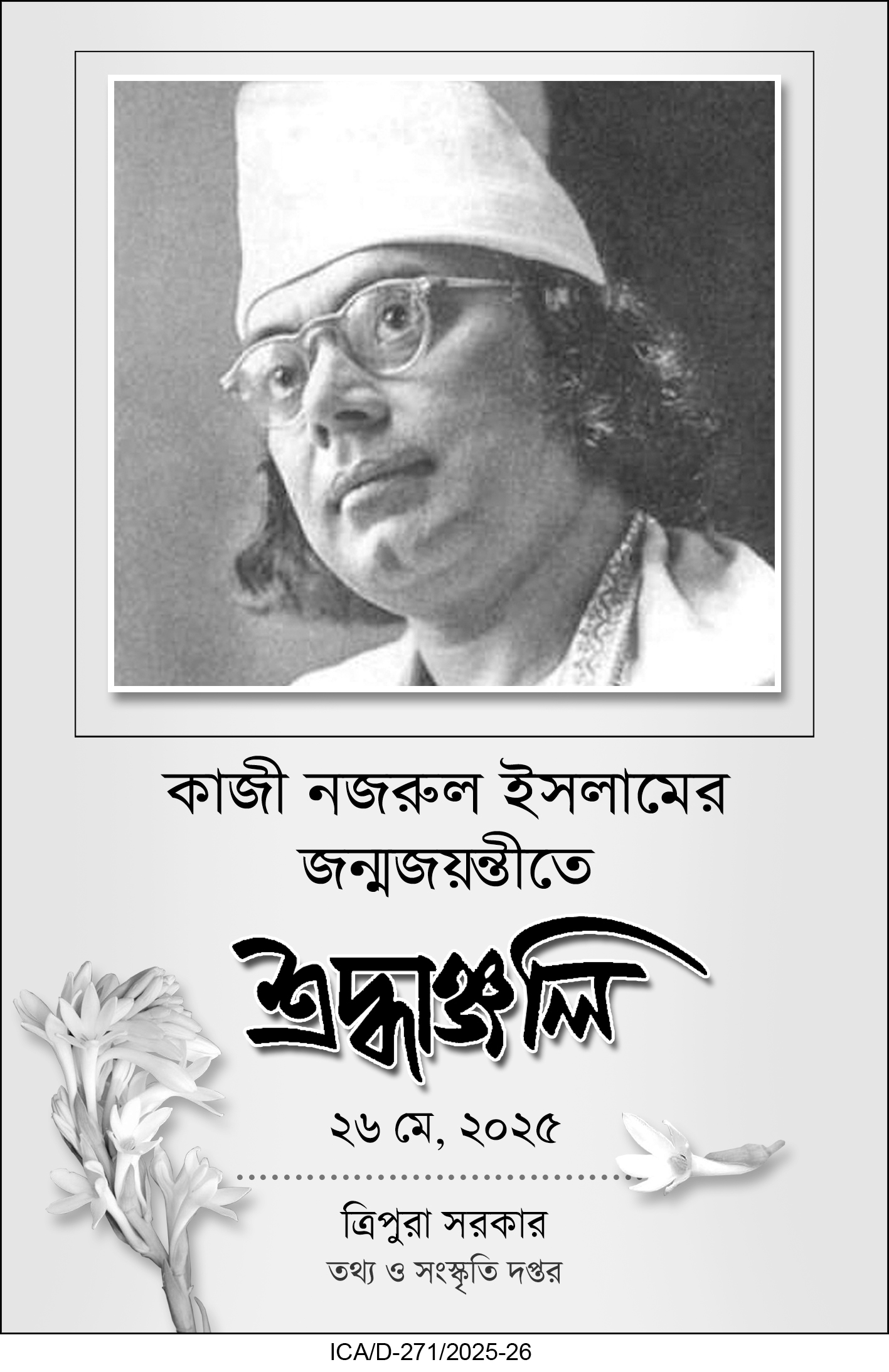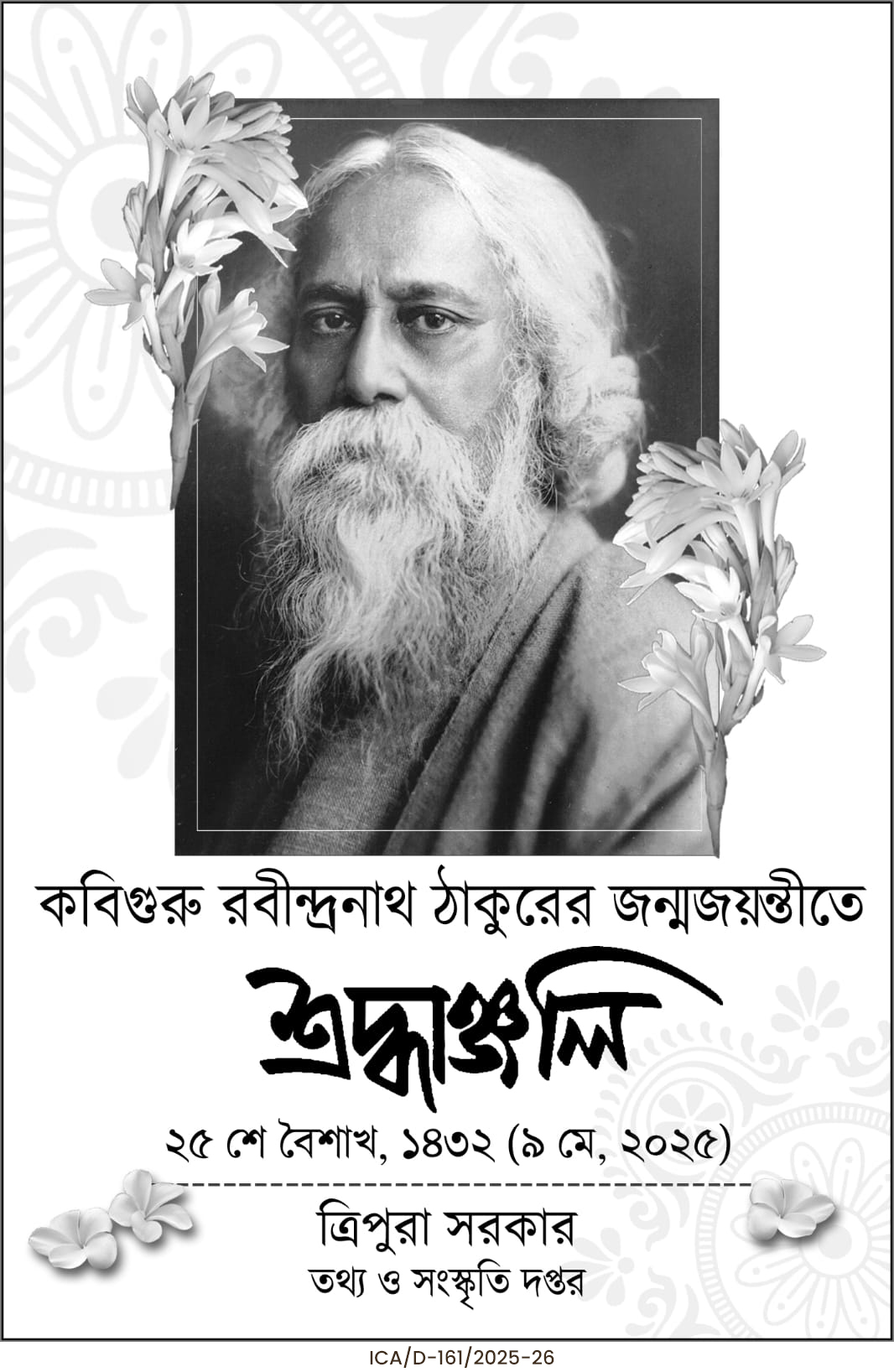

This gripping story goes all the way back to 1971. The Pakistani Army had let loose an inhuman campaign of suppression on their own (then) countrymen in Bangladesh. The ragtag Liberation Tigers, a courageous resistance group with more guts than resources, had taken to arms: rifles, swords, choppers, spades, even kitchen and other home utensils—whatever they could lay their hands on. The consensus was to resist the invaders in every way possible. Yes, the Pakistan Army forces were invaders.
This was the uprising of a downtrodden nation against the mindless brutality of an army that was armed with the latest of mass killing weapons and the uncaring intent to resort to genocide, if necessary.
The Pakistani Army and its puppet gang of local Raazakar had unleashed a reign of terror aimed at subjugating an entire nation and wiping out all resistance. War crimes were carried out by them systematically and in a planned, heinous way. The target was the Bengali population of the then East Pakistan—modern day Bangladesh—who had had enough of their oppressors and were determined to gain freedom. it is estimated that at least three million people—Irrespective of caste, creed or religion, but with a common Bengali denomination—were exterminated! The magnitude of the atrocities of the Pakistani Army matched, possibly outdid those of Hitler and his Nazis!
Given their relative helplessness, the common folk of East Pakistan found no option but to flee to neighbouring India for refuge. What was an initial trickle in the dozens and hundreds soon became a flash flood of thousands and tens of thousands. The deluge into India became incessant. And the people of India, especially those of immediately neighbouring West Bengal and Tripura, rose to the occasion as they embraced the refugees as if these unfortunates were their own relatives, their own blood, their own soulmates!
Just in my hometown of Sonamura, the influx of refugees rapidly climbed to almost three hundred thousand. The rallying point was my father Rabindra Chandra Bhattacharjya a poor schoolteacher. The total indigenous population of Sonamura Subdivision was a bare hundred thousand or possibly even less. The hospitality and the warmth of heart of the local populace of Sonamura was second to none. That was the way we had been groomed and we reap the harvest even now. Every family of Sonamura hosted at least ten of our displaced brethren. Our house at Sonamura became a thirthadam, a site of pilgrimage, for the Mukhtiyoddhas—the Liberation Tigers. At least twenty of these brothers stayed with us and my Ma, an fragile, emaciated and frail lady worked frantically, as if she had four hands instead of two, to keep all of them fed and well looked after . My father disposed of his four acres of cultivable land at Kalam Choura, so that he need not let this historic opportunity to contribute to their cause go unattended. The Mukhtiyoddhas dined with us, shared our meals and slept with us in the floor. Prof Khurshid Alam, MP slept in the same bed with brother. We struggled to provide them rugs even to satisfy their most basic needs . Our guests included Abdul Mannan Choudhury, now Vice Chancellor of World University at Bangladesh, Nazmul Hassan Pakhi, Akbar Kabir, Rustam Ali, Shah Alam, Rashid Engineer Akram Da, Afzal Da and Reja Da, now a legal eagle at the Bangladesh Supreme Court and a trusted aide of Sheik Hasina. There were so many others. It is impossible for me to name even a fraction of them. They all came from a very well to do family. But they sacrificed their life for the posterity. They were fire from the ashes, they were light from shadows, they were renewed like a blade. And they were ever ready to sacrifice their lives for their motherland.
The ancestral house of my friend Krishnananda Laskar was another thirthadam. They also provided housing, shelter, and food to so many Mukhtiyoddhas. His brother Keshab was a living dynamite. He from nowhere arranged some explosives to blow away the bridges and structures of the Khan Sena. He with one of my brothers Dulal (he is Brishninath, he is no more, God has taken him away) penetrated into the deep of Bangladesh along with Mukhtiyoddhas and went into the actual battlefield. Prativa Laskar, Bishuddhananda Laskar and all others rose to the occasion and contributed their might in their own way!
It’s not only the Bhattacharya or Lashkar family who were involved in the Liberation Struggle of Bangladesh . All the families of Sonamura seized this opportunity and were part of History and they never expected anything at all in return!
The inhabitants of Sonamura had no expectation for their incomparable sacrifice. But Bangladesh could have easily acknowledged and expressed their gratitude by way of constructing a war memorial or something like that as a token of their gratitude. I urge Prof Abdul Mannan Choudhury, Nazmul Hassan Pakhi and especially Adv Rejaur Rehman to impress up on the Government of Bangladesh to gloss over the suggestion made for taking appropriate action. This is least of an expectation!!!
The Officer, then at the helm of the administration of Sonamura Subdivision was Shri Himangshu Mohan Chaudhury, now IAS and a Padma Shree awardee. A giant of a man at six feet three inches, erect as the iron pillar of Delhi. He redirected all of his machinery to cater to this once-in-a-lifetime occasion. Under his direction, not less than twenty rehabilitation camps were built up-at Sonamura Town, Rabindranagar, Dhanpur, Macchima, Kathaliya, Nidya, Rangamatia, Melaghar, Nalchhar, Matinagar, KalamChoura, Veluar char, Box Nagar and other places. He set up a team thrumming with efficiency—available any time of day or night—to help him. He had all the attributes of a true leader. He was himself aware of his leadership style, he analysed the strengths and weaknesses of his team and addressed each issue in his own unique way. It was a rare privilege for his officers to work under him.
Shri Chaudhury had the rare opportunity to play host to Madam Tajuddin. Madam, who was under severe threat, had to sneak into Box Nagar surreptitiously, and Shri Chaudhury escorted her to his own residence and showered the best possible hospitality on her. While Shri Chaudhury was himself Brahmin, the doors of his residence were not barred for anyone. Obviously, the majority of the guests from the then East Pakistan were Muslims. This was the culture we, the people of Sonamura, were raised in. It was not who was Hindu, who was Muslim and who was of any other religion. We were human first, Indian second and Sonamuraian third. Kazi Shah Alam, a boy from Sonamura, now settled at Bangladesh is my best friend!
Shri Chaudhary was fortunate to have the unstinting support of the locals of Sonamura. The Late Sunil Baran Dey (I have never seen a genius like him), Debendra Kishore Chaudhury, Advocate Arunoday Dey, Mina Dey, Sadananda Guha, Paritosh Lodh, Manik Datta, Siddiqur Rehman, Subal Rudra and so many other individuals of Sonamura Subdivision, all of whom were his trusted and tested go-to helpmates.
Shri Chaudhury was awarded the Padma Shree by the Government of India for his glorious and unique contribution. Not to be left behind, the Bangladesh Government conferred on him its Friends of Liberation War Honour!!! What glorious achievements in life!
Sunil Baran Dey and Sadananda, or Gosai as we fondly called him, were awarded the Saurjya Chakra.
Undoubtedly, much relief material was provided by UNDP and other countries, but relief material is only as good as the people who handle it. It was the populace of Sonamura who nursed, fed, housed and counselled these huge multitudes of suffering humanity into attaining some degree of normalcy. These were the people who even braved hostile enemy action. On one occasion, my father and my youngest brother narrowly escaped from shelling
By way of retribution, the Raazakars plotted to kill all of the inhabitants of Sonamura Town by poisoning the water in the Sonamura Tank, the supply mother lode of water for the inhabitants of Sonamura. One Class -IV employee caught the poisoners red handed and thus, Sonamura Town was saved from mass death and grief.
It is not possible to measure sacrifice or noble deeds in any comprehensible manner. It is not possible to quantify the nobility of the inhabitants of Sonamura. No measuring tool is advanced enough to evaluate the depths of the hearts of Sonamura’s native children. These are issues that will ever remain unrepayable, unfathomable, and perhaps, even graced by a touch of divinity!
As with all epic stories of valour and humanity, this story is endless, but somewhere I have to stop! And so, I will stop here.
Even though the inhabitants of Sonamura did not expect any reward for their incomparable sacrifice, (there is a general feeling that) the Bangladeshi Government Could have possibly acknowledged and honored their contribution and expressed their gratitude by way of erecting a war memorial or a commemorative plaque.
I petition to the Government of Bangladesh to favourably consider the suggestion above for taking appropriate action. That is the least we, the Sonamurians would expect.
These words are my humble, ineffective way to pay tribute to the people of Sonamura as a whole, and to Shri Himangshu Mohan Chaudhury of SDO, Sonamura, in particular for their extraordinary feats in 1971.
Some of the major events of the liberation struggle and the War that featured among them are outlined below:
The birth of Bangladesh had its conception in March 1971 and its conclusion on 16 December 1971.:
1 March: General Yahya Khan calls off the session of the National Council to be held on 3 March in a radio address
7 March: Sheikh Mujibur Rahman, leader of the Awami League Party that was denied recognition by West Pakistan of its landslide victory in East Pakistan in the federal elections of 1970, announces to a jubilant crowd at the Dhaka Racecourse Ground, “The struggle this time is the struggle for our emancipation! The struggle this time is the struggle for independence!”
9 March: Workers of Chittagong port refuse to unload Pakistani weapons from the ship Swat
10 March: Expatriate Bengali students demonstrate in front of the United Nations Headquarters and call for UN intervention to put an end to Pakistan’s mayhem on the Bengali people
16 March: Yahya Khan starts negotiations with Sheikh Mujibur Rahman
19 March: Nearly 50 people are killed and 200 injured at Jaydevpur during clashes between demonstrators and the Pakistan Army.[4]
24 March: The Pakistan Army opens fire on Bengali demonstrators in Syedpur, Rangpur and Chittagong. More than a thousand people are killed.
25 March to 25 May: Pakistan Army launches Operation Searchlight, a thinly veiled exercise at genocide in Dhaka and rest of the country, political personages and activists, students, Bengali members of the armed forces and the law-and-order machinery and civilians in general
26 March: At 1:15 am, Sheikh Mujibur Rahman is arrested by the Pakistani 3 commando unit. AThe birth of an independent Bangladesh was officially declared by Sheikh Mujibiur Rahman a few minutes before he was arrested.
26 March: At 2:30 pm, the independence of the newly birthed country of Bangladesh was reiterated by Awami League leader of Chittagong, M. A. Hannan, on behalf of Bongobondhu Sheikh Mujibur Rahman from Kalurghat. This day was to become Bangladesh’s official Independence Day.
27 March: Independence of Bangladesh is again proclaimed by Maj. Ziaur Rahman on behalf of Sheikh Mujibur Rahman
31 March: The Kushtia resistance begins
2 April: The Jinjira massacre takes place
6 April: The Blood Telegram
11 April: Radio address by Tajuddin Ahmad, the Prime Minister of Bangladesh.
10 April: A provisional Bangladesh government-in-exile is formed.
12 April: M. A. G. Osmani takes up the command of Bangladesh Armed Forces.
17 April: A provisional government-in-exile took oath in Baidyanathtala (now called Mujibnagar) in Meherpur District
18 April: Battle of Daruin, Comilla and Battle of Rangamati-Mahalchari Waterway, Chittagong Hill Tracts.
24 April: Formation of Bangladesh Action Committee at Coventry, UK, by non-resident Bangladeshis
25 April to 15 August: Operation Jackpot by the Mukti Bahini, Bangladesh’s resistance army
28 April: Tajuddin pleads with neighbouring countries for arms
5 May: The Gopalpur massacre occurs.
15 May: Indian army starts aiding Mukti Bahini
20 May: The Chuknagar massacre takes place at Khulna, where the Pakistani Army murders nearly ten thousand people
24 May: Swadhin Bangla Betar Kendra finds a home in Calcutta
11–17 July: Sector Commanders Conference, 1971
1 August: The Concert for Bangladesh is held in Madison Square Garden, New York, by Ravi Shankar, George Harrison and friends
16 August: Operation Jackpot, Bangladesh naval commando operation
20 August: Flight Lieutenant Matiur Rahman’s attempt to defect by hijacking a fighter jet
30 August: Pakistan Army crackdown on Dhaka guerrillas
5 September: Battle of Goahati, Jessore
28 September: Bangladesh Air Force starts functioning.
13 October: Dhaka guerrillas kill Abdul Monem Khan, Governor of East Pakistan.
28 October to 3 November: Battle of Dhalai
16 December, 4:31 PM: The Pakistani Army officer in charge of forces in East Pakistan, Lt. General Niazi, capitulates. The formal ceremony of surrender takes place at Ramna Racecourse in Dhaka. Lt General Niazi signs the Instrument of surrender and hands over his personal weapon to Lt General J. S. Aurora of the Indian Army in the presence of Indian and Bangladesh Force Commanders.
And a nation was born!
(Writer is a Retd Civil Servant)

